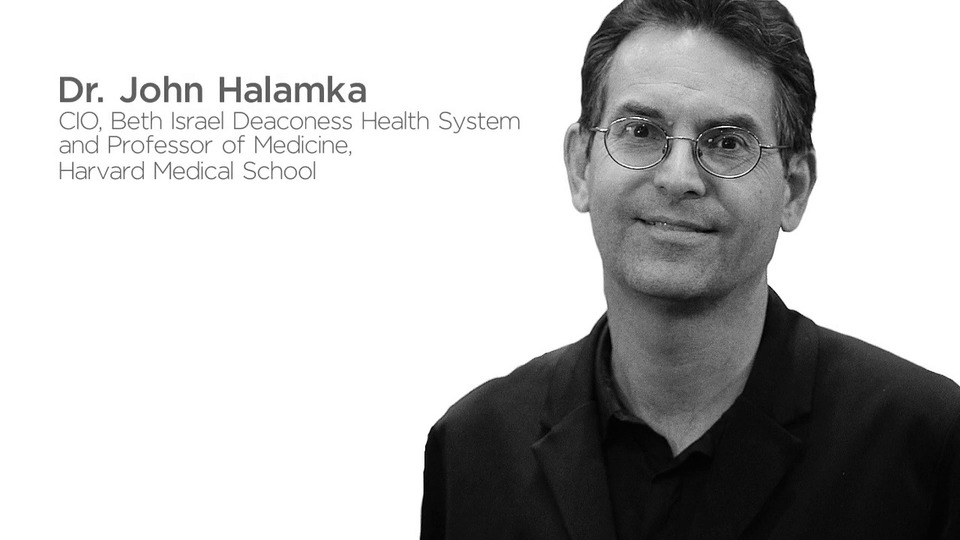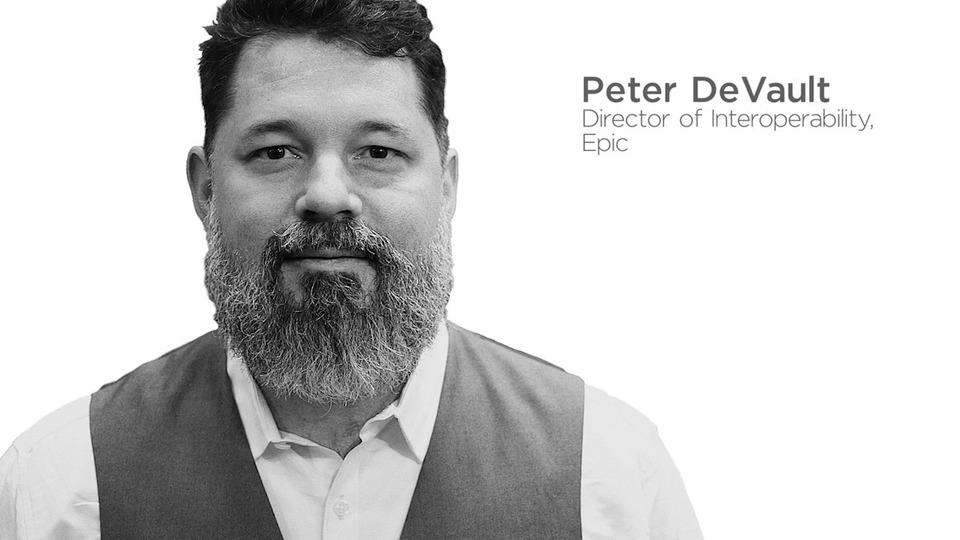Lorem ipsum dolor sit amet consectetur. Tellus eget dolore habitasse scelerisque.
Learn more-
Why Surescripts
Back
Why Surescripts
Why Surescripts-
The Network Alliance
Lorem ipsum dolor sit amet consectetur. Tellus eget habitasse scelerisque sit enim porttitor id.
-
The Surescripts Platform
Lorem ipsum dolor sit amet consectetur. Tellus eget habitasse scelerisque sit enim porttitor id.
Our Impact
Back-
Our Impact
Lorem ipsum dolor sit amet consectetur. Tellus eget habitasse scelerisque sit enim porttitor id.
- Success stories
- National Progress Report
- White Coat Award
- Data Insights
- Contact sales
- Logins & Support
-
Prior Authorization Portal
Lorem ipsum dolor sit amet consectetur. Tellus eget habitasse scelerisque sit enim porttitor id.
-
Customer Experience
Lorem ipsum dolor sit amet consectetur. Tellus eget habitasse scelerisque sit enim porttitor id.
-
Certifications & Accreditations
Lorem ipsum dolor sit amet consectetur. Tellus eget habitasse scelerisque sit enim porttitor id.
-
The Network Alliance
-
What we do
Back
What we do
What we doLorem ipsum dolor sit amet consectetur.
Learn more-
Who we serve
-
EHR Vendors
Lorem ipsum dolor sit amet consectetur. Tellus eget habitasse scelerisque sit enim porttitor id.
-
Health Plans
Lorem ipsum dolor sit amet consectetur. Tellus eget habitasse scelerisque sit enim porttitor id.
-
Health Systems
Lorem ipsum dolor sit amet consectetur. Tellus eget habitasse scelerisque sit enim porttitor id.
-
Healthcare Analytics Vendors
Lorem ipsum dolor sit amet consectetur. Tellus eget habitasse scelerisque sit enim porttitor id.
-
Patient Access Vendors
Lorem ipsum dolor sit amet consectetur. Tellus eget habitasse scelerisque sit enim porttitor id.
-
Long-Term Post Acute Care
Lorem ipsum dolor sit amet consectetur. Tellus eget habitasse scelerisque sit enim porttitor id.
-
PBMs
Lorem ipsum dolor sit amet consectetur. Tellus eget habitasse scelerisque sit enim porttitor id.
-
Pharmacies
Lorem ipsum dolor sit amet consectetur. Tellus eget habitasse scelerisque sit enim porttitor id.
-
EHR Vendors
-
Our solutions
-
Intelligent Prescribing
Lorem ipsum dolor sit amet consectetur. Tellus eget habitasse scelerisque sit enim porttitor id.
-
Clinical Interoperability
Lorem ipsum dolor sit amet consectetur. Tellus eget habitasse scelerisque sit enim porttitor id.
-
Benefits & Authorizations
Lorem ipsum dolor sit amet consectetur. Tellus eget habitasse scelerisque sit enim porttitor id.
-
Care Team Evolution
Lorem ipsum dolor sit amet consectetur. Tellus eget habitasse scelerisque sit enim porttitor id.
-
Value-Based Care
Lorem ipsum dolor sit amet consectetur. Tellus eget habitasse scelerisque sit enim porttitor id.
- Specialty Medication
-
Intelligent Prescribing
-
Our products
- Eligibility
- E-Prescribing for Controlled Substances (EPCS)
- Medication History for Reconciliation
-
Record Locator & Exchange
Lorem ipsum dolor sit amet consectetur. Tellus eget habitasse scelerisque sit enim porttitor id.
-
EHR Vendors
Lorem ipsum dolor sit amet consectetur. Tellus eget habitasse scelerisque sit enim porttitor id.
-
Health Plans
Lorem ipsum dolor sit amet consectetur. Tellus eget habitasse scelerisque sit enim porttitor id.
-
Health Systems
Lorem ipsum dolor sit amet consectetur. Tellus eget habitasse scelerisque sit enim porttitor id.
-
Healthcare Analytics Vendors
Lorem ipsum dolor sit amet consectetur. Tellus eget habitasse scelerisque sit enim porttitor id.
-
Patient Access Vendors
Lorem ipsum dolor sit amet consectetur. Tellus eget habitasse scelerisque sit enim porttitor id.
-
Long-Term Post Acute Care
Lorem ipsum dolor sit amet consectetur. Tellus eget habitasse scelerisque sit enim porttitor id.
-
PBMs
Lorem ipsum dolor sit amet consectetur. Tellus eget habitasse scelerisque sit enim porttitor id.
-
Pharmacies
Lorem ipsum dolor sit amet consectetur. Tellus eget habitasse scelerisque sit enim porttitor id.
-
Intelligent Prescribing
Lorem ipsum dolor sit amet consectetur. Tellus eget habitasse scelerisque sit enim porttitor id.
-
Clinical Interoperability
Lorem ipsum dolor sit amet consectetur. Tellus eget habitasse scelerisque sit enim porttitor id.
-
Benefits & Authorizations
Lorem ipsum dolor sit amet consectetur. Tellus eget habitasse scelerisque sit enim porttitor id.
-
Care Team Evolution
Lorem ipsum dolor sit amet consectetur. Tellus eget habitasse scelerisque sit enim porttitor id.
-
Value-Based Care
Lorem ipsum dolor sit amet consectetur. Tellus eget habitasse scelerisque sit enim porttitor id.
- Specialty Medication
-
Who we serve
-
Insights
Back
Intelligence in Action
Intelligence in ActionLorem ipsum dolor sit amet consectetur. Tellus eget dolore habitasse scelerisque.
Learn more -
Who we are
Back
Who we are
Who we areLorem ipsum dolor sit amet consectetur. Tellus eget dolore habitasse scelerisque.
Learn more









